Engaging with Linguistic Diversity —— A Study of Educational Inclusion in an Irish Primary School
----- 参与语言多样性
Engaging with Linguistic Diversity describes an innovative and highly successful approach to inclusive plurilingual education at primary level. The approach was developed by Scoil Bhríde (Cailíní), Blanchardstown, as a way of converting extreme linguistic diversity – more than 50 home languages in a school of 320 pupils – into educational capital. The central feature of the approach is the inclusion of home languages in classroom communication. After describing the national context, the book traces the development of Scoil Bhríde's approach and explores in detail its impact on classroom discourse, pupils' plurilingual literacy development, and their capacity for autonomous learning. The authors illustrate their arguments with a wealth of practical evidence drawn from a variety of sources; pupils' and teachers' voices are especially prominent. The concluding chapter considers issues of sustainability and replication and the implications of the approach for teacher education. The book refers to a wide range of relevant research findings and theories, including translanguaging, plurilingual and intercultural education, language awareness and language learner autonomy. It is essential reading for researchers and policy-makers in the field of linguistically inclusive education.
{{comment.content}}
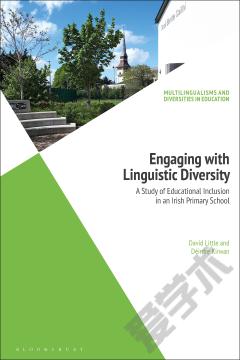
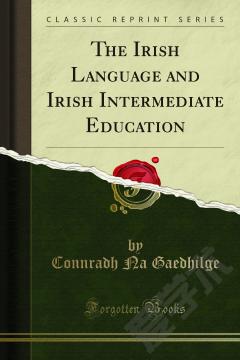
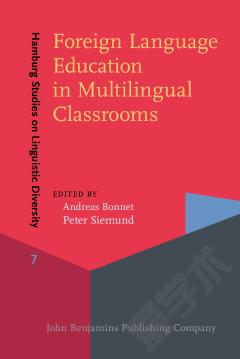
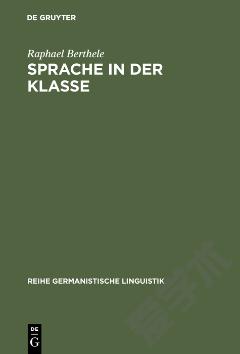

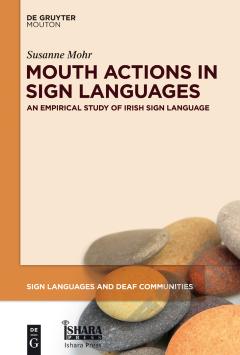


 京公网安备 11010802027623号
京公网安备 11010802027623号